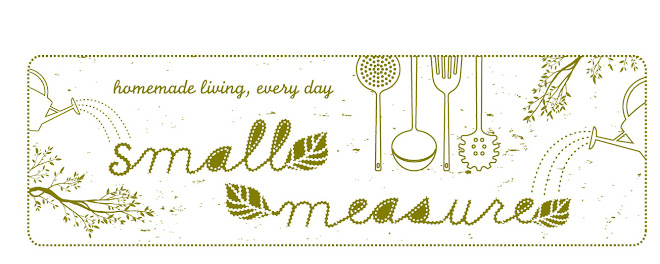



 Sorry for the radio silence, folks! Between prepping for Saturday's t.v. segment (soon as I obtain a clip of the segment-which went really well!-I'll be sure to post it here), prepping for the 2nd photo shoot of the new book this past Monday, and then having family come into town on Tuesday, we've been busy, busy bees chez English.
Sorry for the radio silence, folks! Between prepping for Saturday's t.v. segment (soon as I obtain a clip of the segment-which went really well!-I'll be sure to post it here), prepping for the 2nd photo shoot of the new book this past Monday, and then having family come into town on Tuesday, we've been busy, busy bees chez English. Now we (we being Hubs, my two sisters, Huxley & myself) are gearing up for Saturday's canning class (by the way, we've had two cancellations, so, if any of you have a hankering to learn how to water bath can and will be around on Saturday, shoot me an email at ashleyadamsenglish(at)gmail(dot)com). Firstly, though, we're off today to the WNC Nature Center to hang out with the moms and babies in my mom/baby group that I haven't seen in ages and ogle the river otters and black bears!
Before heading out, I thought I'd share with this line-up of beautiful wild pollinator habitats that Hubs created (he did a great job, yes?). They're all up on posts in our garden, on the way to the chicken coop. To learn more about wild pollinators, check out this post I did on Design Sponge last year. We've got loads of them on our property, and we couldn't be happier. Between the two honeybee hives, all of the hummingbirds, butterflies, mason bees and other solitary bees, wasps, hornets, and other lovely winged beauties, we've got some great pollination happening out here.
Alright, I've got to get the baby dressed, get myself showered, and pack a picnic for noshing on. Have a great day, all!








8 comments:
Those are such beautiful little bee boxes! I don't know what else to call them. :) We have a huge wild garden along the front of our house-- the previous owner planted a vast amount of native Nebraskan grasses and flowers, and there are lots of pollinators that flock to it. I love all the bees, but have to admit I am deathly afraid of the huge wasps and hornets that make an appearance, and often wait in my car for an opening so I can dash to the porch. Kind of silly for a 30-year-old, but I'm so afraid of being stung!
I love these habitats, they look super easy to make! They appear to have various size holes, what would be the size of the largest and smallest size holes?
I love how simple and charming these are! What did you use to stain or paint them?
Echoing Linda, I am curious as to what you used for the staining/painting. I see these on my husband's next "Honey Do..." list!!
That thing... looks... impressive! Wow!
Good luck with all your projects. You sound like a busy lady!
Blessings,
This Good Life
So much useful information here and n your other article. From the appearance it seems you use odd sized pieces of wood and then simply drill small holes?
We are getting ready to establish a garden here and I am happy to be reminded of different ways to attract beneficial insects.
Thank for sharing!
Bless
Hubs is a professional color consultant (for homes and businesses) so he happens to have a lot of old paint in the outbuilding, and he just uses what he has on hand. Because the holes are drilled, and the pollinators don't have to eat through the paint, he doesn't think paint choice it is much of an issue. And the paint helps keep the insides a bit dryer, which helps keep down the mold and rot. He distressed most of them with a sander because he likes the rustic look for those quirky native pollinator houses, but there is no limit to the possibilities.
He just uses old scrap wood, cuts the pieces to the desired shape, attaches them, then drills a variety of different sized holes, from about an eighth of an inch to a little over a half an inch. Drilling holes of varying diameters attracts a wider range of pollinators. The important thing is to try to drill the holes at least 3.5 inches deep. For a cleaner look, he uses a forstner bit for some of them, but a regular spade bit or standard drill bit works just fine too.
Hubs theorizes that by attracting more desirable native pollinators to the property, that actually cuts down on the amount of less desirable, stinging wasps, along with helping with pollination. It's not a scientific theory, but the theory does seem to be supported by our very unscientific observation. Also, the hope is that by topping some of the fence posts with the pollinator houses, that will actually help extend the lives of the fence posts a bit.
I've been meaning to add a few mason bee hives to the garden, but haven't gotten around to it. I know they are living someplace nearby because I've see them giving my Italian bees pollinating lessons.
Do also have a bat house to keep those mosquito noshing bats living nearby?
Post a Comment